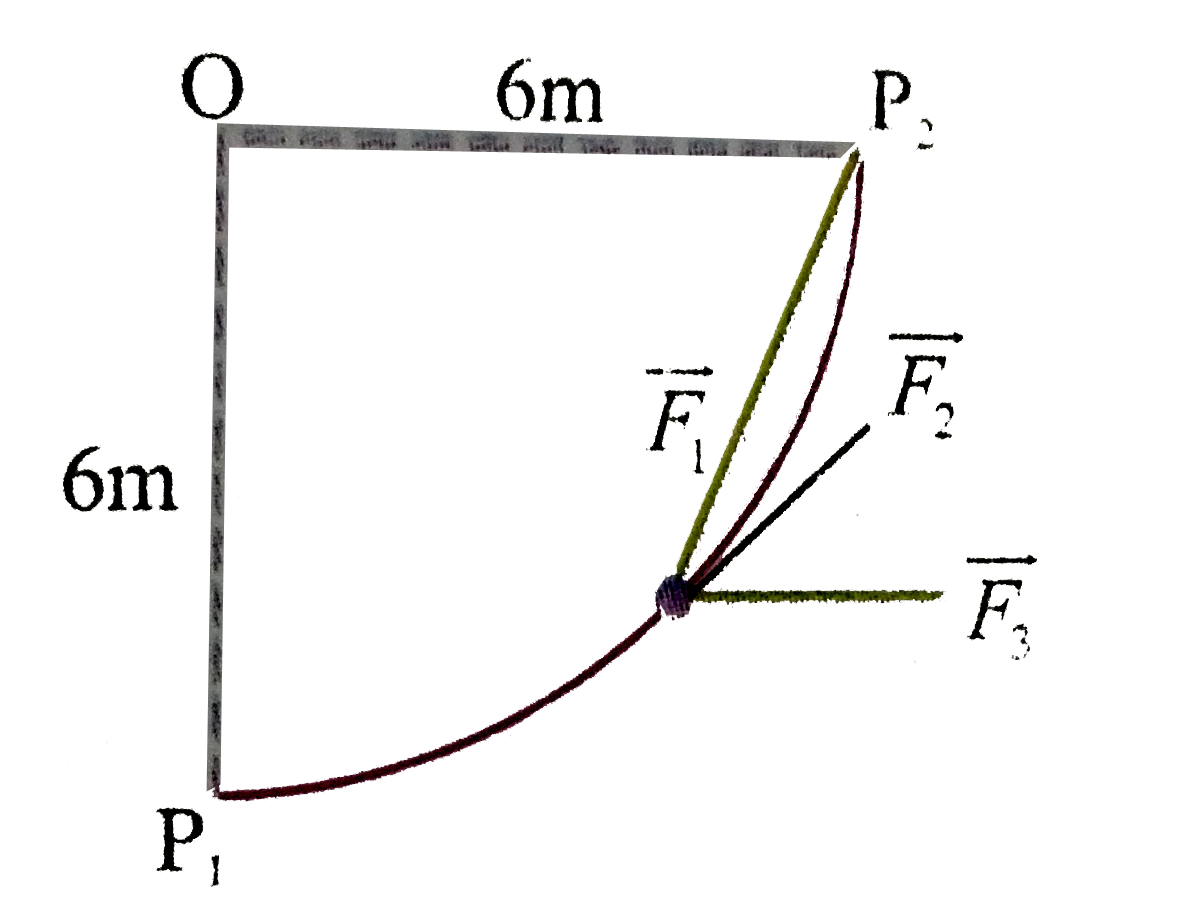Consider the equation where force, displacement, t time and = momentum. The dimensional formila of A will be
The correct Answer is:C
Topper's Solved these Questions
- MISCELLANEOUSBOOK - ALLENCHAPTER - MISCELLANEOUSEXERCISE - Part -II Example
61 Videos
- MISCELLANEOUSBOOK - ALLENCHAPTER - MISCELLANEOUSEXERCISE - Part -II Example Some worked out Examples
1 Videos
- KINEMATICS (MOTION ALONG A STRAIGHT LINE AND MOTION IN A PLANE)BOOK - ALLENCHAPTER - KINEMATICS (MOTION ALONG A STRAIGHT LINE AND MOTION IN A PLANE)EXERCISE - BEGINNER S BOX-7
8 Videos
- PHYSICAL WORLD, UNITS AND DIMENSIONS & ERRORS IN MEASUREMENT BOOK - ALLENCHAPTER - PHYSICAL WORLD, UNITS AND DIMENSIONS & ERRORS IN MEASUREMENT EXERCISE - EXERCISE-IV
8 Videos
Similar Questions
Knowledge Check
Maxwell’s equation ∮→E.→dl=d→B.→Adt is a statement of-
AAmpere’s lawBFaraday’s law of inductionCGauss’s law of electricityDGauss’s law of magnetismif →P×→R=→Q×→R, then
A→P=→QB→P and →Q need not be equalCThere are infinite number of possibilities for →P (If →Q and →R are given ) which satisfy this relationship.D→p and →Q must be coplanarIf a force →F=(→i+2→j+→k)N acts on a body produces a displacement of →S=(4→i+→j+7→k)m, then the work done is
A9JB13JC5JD1J
The position of the particle is given by →r=(→i+2→j−→k) momentum →P=(3→i+4→j−2→k). The angular momentum is perpendicular to
View SolutionA smooth track in the form of a quarter circle of radius 6m lies in the vertical plane. A particle moves from P1 to P2 under the action of forces →F1,→F2 and →F3 Force →F1 is 20N, Force →F2 is always 30N in magnitude. Force →F3 always acts tangentiallly to the track and is of magnitude 15N. Select the correct alternative (s) :
 .
.
View SolutionPoynting vectors →S is defined as →S=1μ0→E×→B. The average value of '→S' over a single period 'T' is given by
View SolutionConsider the following statements
1. For any three vectors →a→b→c→a.{(→b+→c)×→a+→b+→c}=0
2. for any three coplanar vectors →d,→e,→f,(→d×→e).→f=0
View SolutionWhen force −→F1,−→F2,−→F3…...−→Fn act on a particle , the particle remains in equilibrium . If −→F1 is now removed then acceleration of the particle is
View Solution
